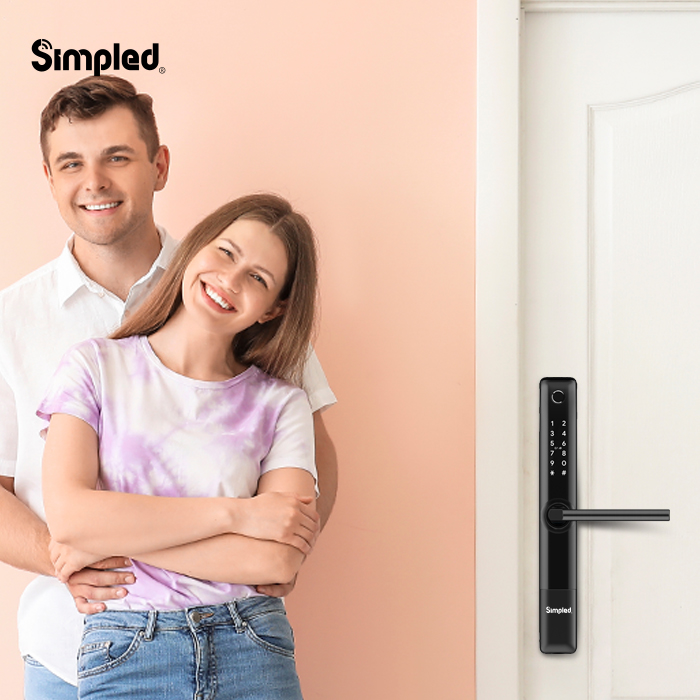
This feature contains external links.
The world of home security is changing rapidly. Not so long
ago, people would leave their doors unlocked, and having cameras at home was
for businesses or high-end houses only. But the invention of affordable home
security systems has changed the way that people protect their property. The price of smart technology devices reduced in the early
2000s, and it’s no longer uncommon to see a video doorbell as you
walk down the street.
Home security can be useful for deterring criminals, and
helps give homeowners peace of mind that their property is secure – as well as
knowing they’ll have evidence should anything bad happen. But smart home
security isn’t infallible, and some people are concerned about having a lot of
their private information on a network connected app. Here, we take a look at
the steps you can take to keep your home information safe and private.
Use strong passwords
Whilst the name of your first pet combined with your
birthday might be easy for you to remember, the chances are that it's just not
that secure. It’s also likely that you’ve used that password for something
else, so if a hacker gets hold of it, you’ll be vulnerable on several devices
or accounts. If you’re going to think of your passwords yourself, the key is to
think of a phrase or word that means something to you, so that you’ll remember
it, but isn’t widely known.
Alternatively, use a password generator to create a long,
complex password, and then save it in a secure password manager app. This way, you
only have to remember the master password, or use your biometrics. The manager
will also prompt you to change your passwords several times a year.
Use two-factor authentication
The most secure process for any password-authentication is
to use two-factor authentication. This means that you first need to enter the
password, and then either approve the login on another device, approve via
email or enter a code from a generator app on your phone. The idea behind this
is that even if your password was compromised, you’d be able to stop hackers
gaining access by declining the login.
You may think that it sounds like another time-consuming
step, but taking a few more seconds to log in can create a valuable level of
security that you’ll be grateful for, should something happen. Two-factor
authentication isn’t available on all devices yet, but it’s becoming more common.
Check app permissions
When setting up smart technology control apps, it can feel
easiest to just accept all permissions and click ‘continue’ in fast succession
to get the device up and running. But doing so means you may have granted
permissions for something that you’re not comfortable with.
Common settings to look out for include location tracking,
and who has access to the device. This can be crucial for when you move home
too, as you should ensure that the old owners don’t still have access to devices
that they included in the sale.
Avoid using public WiFi
When you’re out and about, you may log on to public WiFi to
save using your cellular data. But it’s best to avoid doing this and then
logging into the apps for your smart home devices if possible, as public WiFi
is much easier to hack than mobile data.
Quick activities like locking smart locks or activating a
smart light routine won’t use up much data, so try and use your phone where you
can. If you can’t avoid using public WiFi, then it’s worth considering using a Virtual Private Network (VPN) to encrypt your
data, to make it more secure.